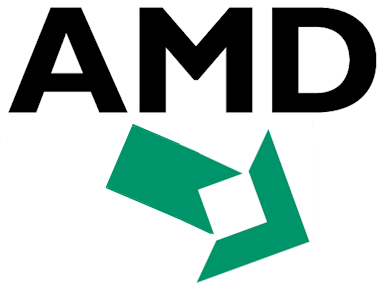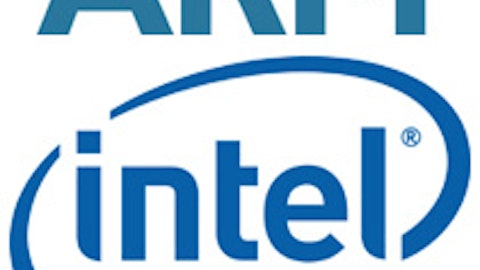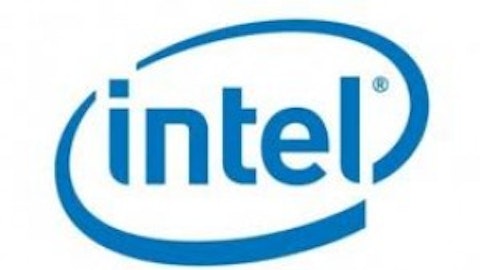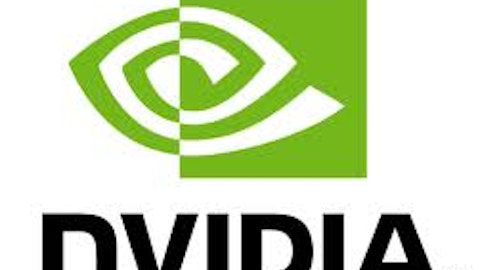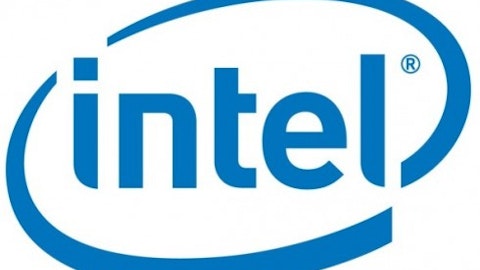Semiconductor manufacturer Advanced Micro Devices, Inc. (NYSE:AMD) has had a rough run over the past several years. The company has always played second fiddle to Intel Corporation (NASDAQ:INTC), and it has recently lost ground to several upstart chip-makers and cloud companies as well. While it would be premature to say that AMD is now on equal footing with Intel, several encouraging developments could support the firm’s growth in the coming quarters.
Although lucrative partnerships with Microsoft and other companies may bode well for Advanced Micro Devices, Inc. (NYSE:AMD), the company has a long way to go. A relatively high debt load, cash flow issues and other financial problems could prove problematic as AMD moves to shake the malaise that has plagued it. At the same time, the firm’s stock has been beaten down and may offer short-term value atits current levels. Investors who wish to make an unorthodox play in the semiconductor space owe it to themselves to take a closer look.
AMD, Intel and NVIDIA Corporation (NASDAQ:NVDA): A Brief Comparison
Although Intel Corporation (NASDAQ:INTC) clearly dominates the traditional semiconductor industry, many casual observers might be surprised to learn that a number of “independent” semiconductor manufacturers continue to thrive. In addition to Intel, Advanced Micro Devices, Inc. (NYSE:AMD) competes directly with companies like Santa Clara, California-based NVIDIA, which has been buying back their shares in large sums recentlyI. As such, a financial comparison between Intel, AMD and NVIDIA Corporation (NASDAQ:NVDA) is warranted.
Intel Corporation (NASDAQ:INTC) is far larger than AMD and NVIDIA–the company has a market capitalization of about $123 billion and an enterprise value of around $118 billion. This compares to respective figures of $2.8 billion and $3.8 billion for Advanced Micro Devices, Inc. (NYSE:AMD). Meanwhile, NVIDIA Corporation (NASDAQ:NVDA) has a market cap of $8.2 billion and an enterprise value of $4.7 billion.
Revenues and earnings tell a similar story. In 2012, Intel Corporation (NASDAQ:INTC) took in $10.3 billion on gross revenues of more than $53 billion. By comparison, AMD lost $739 million on revenues of just under $5 billion. NVIDIA split the difference with earnings of $580 million on revenues of about $4.4 billion. Debt is also an issue for Advanced Micro Devices, Inc. (NYSE:AMD): the company has about $2 billion in long-term obligations and $1 billion in cash on hand. Its operating cash flow of minus $600 million is also problematic. In fact, the other two firms have much healthier balance sheets. In addition to a strongly positive cash flow, Intel has about $13 billion in debt and $17 billion in cash. NVIDIA Corporation (NASDAQ:NVDA) has almost no long-term debt and a cash pile of nearly $4 billion.
Recent Stock-Price Action
Over the past two years, Advanced Micro Devices, Inc. (NYSE:AMD) has slumped from a high of about $8 per share to a low near $2 per share. However, recent movements have been encouraging: Since the start of 2013, the company’s stock has risen from $2.50 per share to its present levels near $4 per share. Although it appears to have hit a plateau, this action should be encouraging for investors who might previously have feared a long slide into the basement.
Notable Moves and Competitive Advantages
Within the past few months, Advanced Micro Devices, Inc. (NYSE:AMD) has made a number of promising moves. The company recently announced an enhanced partnership that promises to solidify its advantage in the gaming-device space, and its products are prominently featured in Microsoft’s XBox One console. The company has also announced the release of the fastest PC processor on the market. Since Intel Corporation (NASDAQ:INTC) has been accustomed to “owning” such milestones, these developments could significantly boost AMD’s reputation in the space.
Potential Issues and Drawbacks
Despite its strategic advantages and encouraging moves, AMD still has some serious problems. Although it is not drowning in debt, its negative cash flow will eventually impede AMD’s ability to function and could impact its financial results or spur layoffs. Moreover, the firm is not as well-capitalized as some of its peers. Given these impediments, it seems likely that further cost-cutting measures are on the way.
Although AMD appears to be keeping up or even moving ahead of Intel Corporation (NASDAQ:INTC) in the product-development department, this might not be the boon that many observers expect it to be. As PC systems become less attractive to everyday computer users, investors may flock from “old-line” firms like AMD and Intel towards better-positioned firms that offer cloud-based computing services. In addition, chip-makers that are adequately positioned to capitalize on the growing market for mobile computing technology will benefit at the expense of their more sluggish peers.
Invest or Stay Away?
While Advanced Micro Devices, Inc. (NYSE:AMD) is clearly undervalued at its current levels, it might not be a screaming buy. Based on its financial health, strategic position and seemingly low valuation, investors can make a convincing case that NVIDIA Corporation (NASDAQ:NVDA) is actually a better long play. Indeed, it is worth noting that AMD’s price-to-book ratio sits at 6.7 and exceeds that of NVIDIA by a factor of four.
Investors who believe that AMD’s best days are ahead of it should feel comfortable with a long position in the company’s stock. However, there are plenty of risks to this type of trade. Savvy investors may wish to hedge their positions with dated options, tight stops, or another position in a rival chip-maker like NVIDIA Corporation (NASDAQ:NVDA). Since conditions can change quickly in the semiconductor market, these moves could be necessary to preserve liquidity.
Mike Thiessen has no position in any stocks mentioned. The Motley Fool recommends Intel and NVIDIA. The Motley Fool owns shares of Intel.
The article Why Should You Invest In This Growing Tech Company? originally appeared on Fool.com.
Copyright © 1995 – 2013 The Motley Fool, LLC. All rights reserved. The Motley Fool has a disclosure policy.
